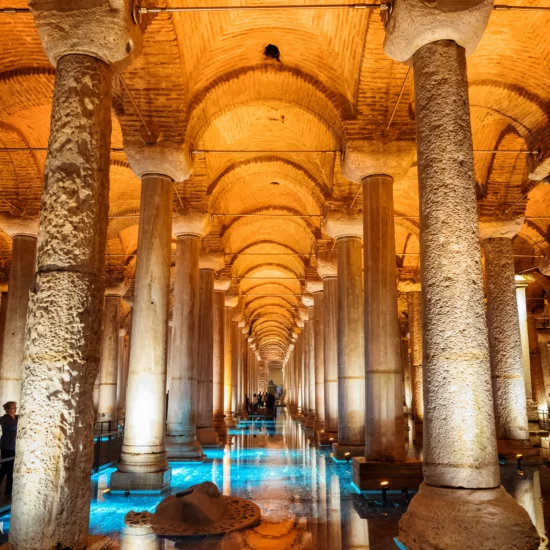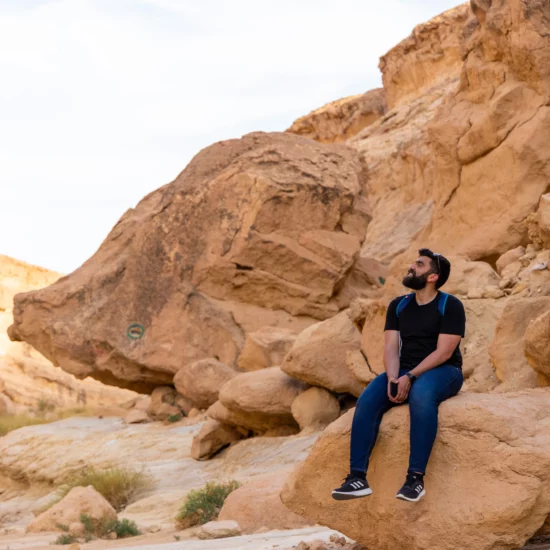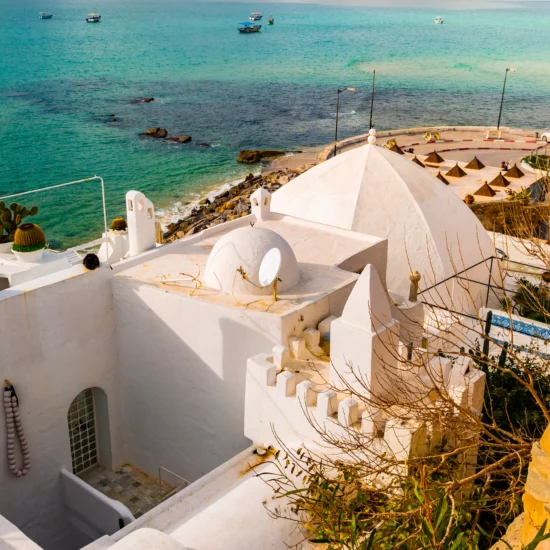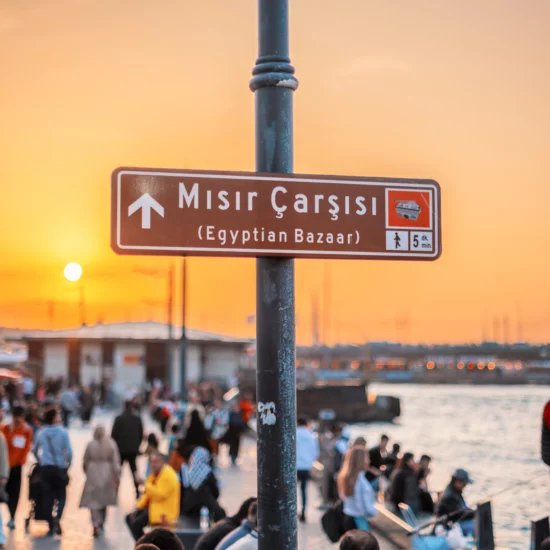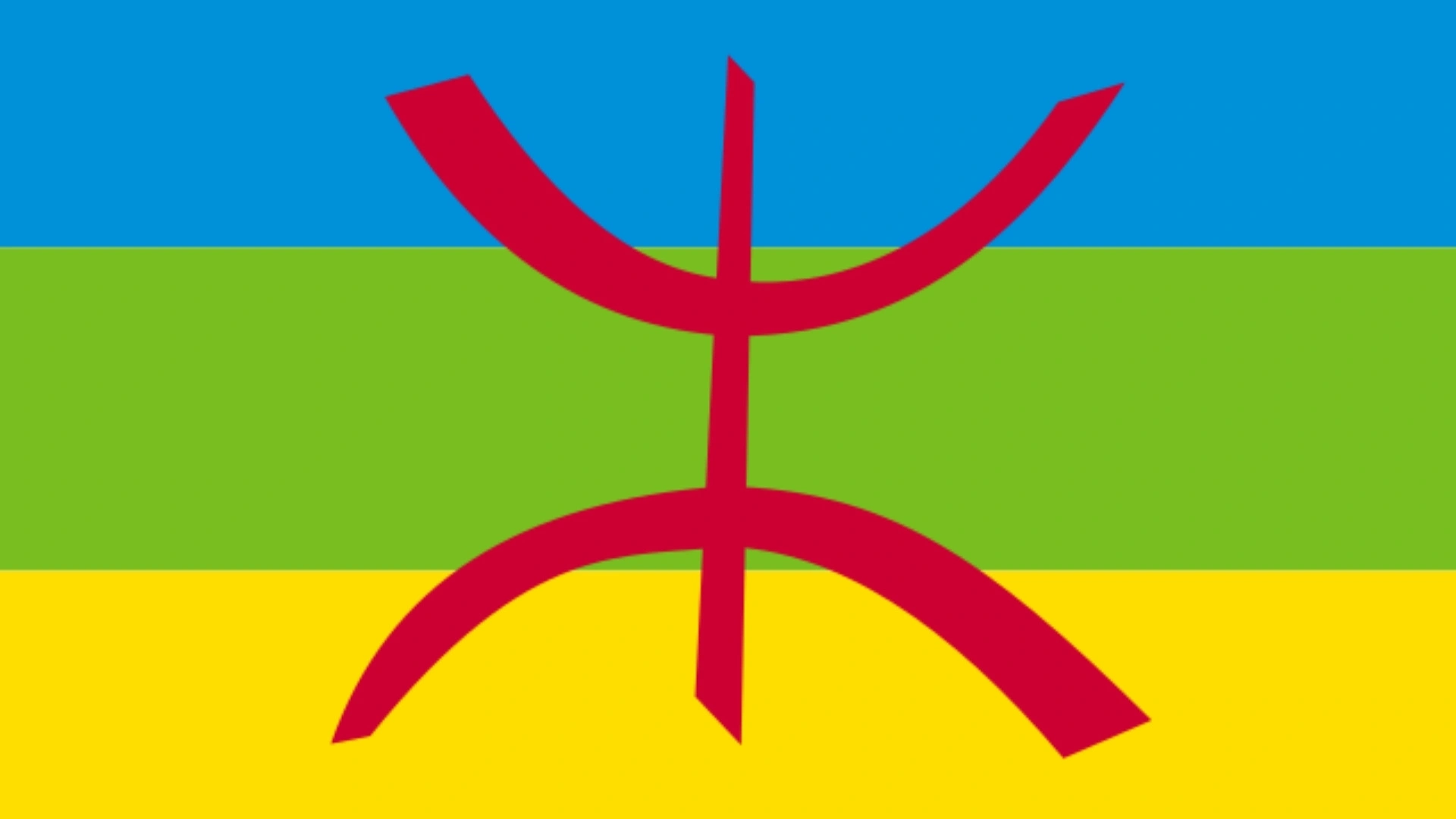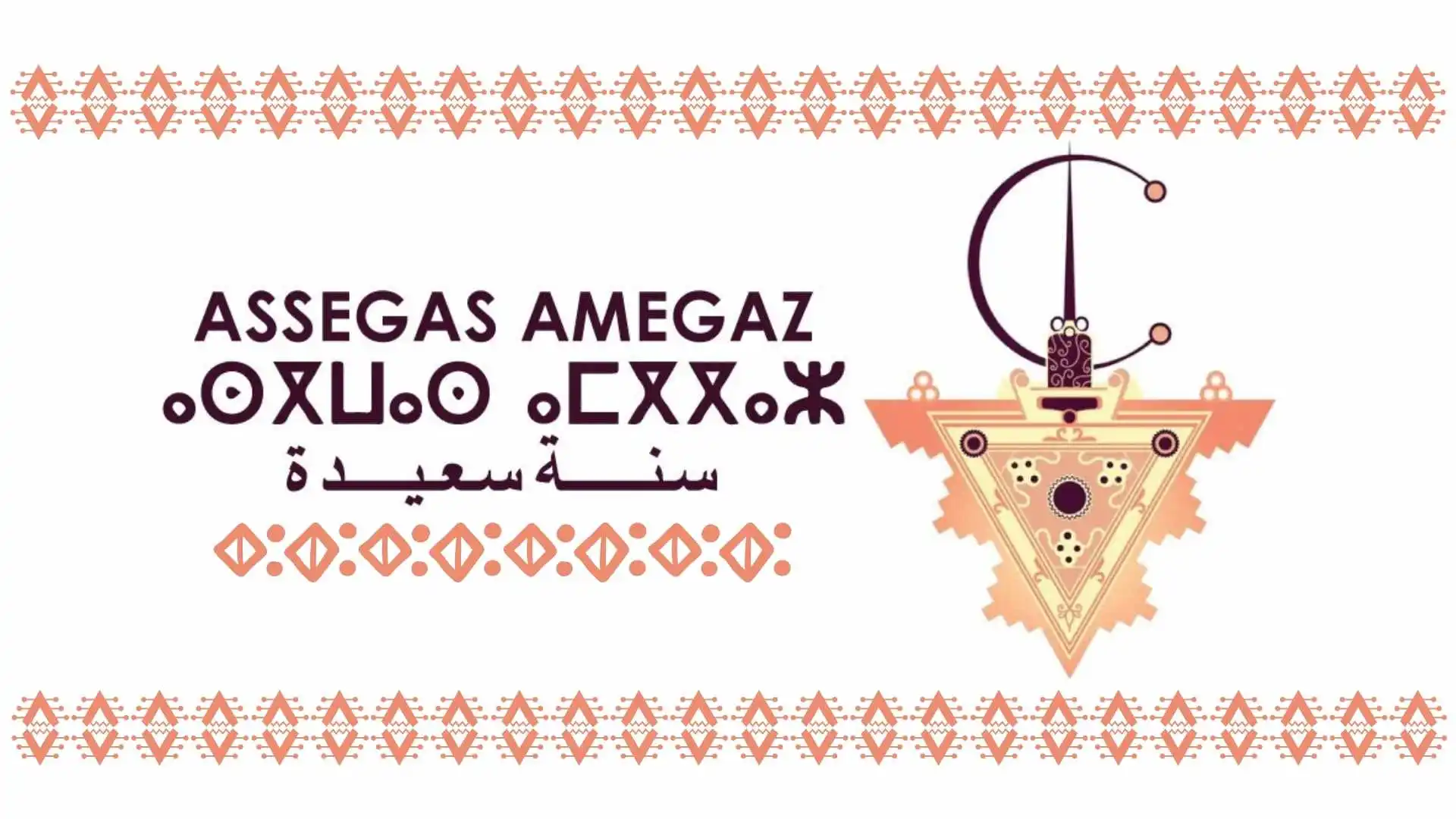Amazigh Heritage in Tunisia
Amazigh Heritage in Tunisia: A Journey Through Time and Tradition
Welcome to a captivating exploration of Amazigh heritage in Tunisia. This category invites you to journey deep into the heart of one of North Africa’s most ancient and resilient cultures. Through stories, ruins, language, music, and celebrations, you’ll uncover the richness of the Amazigh legacy that continues to shape Tunisia today.
Unearthing Ancient Roots
Travel back thousands of years to discover the ancestral roots of the Amazigh people, the indigenous inhabitants of North Africa. In Tunisia, their presence predates the Phoenicians and Romans, leaving behind remarkable traces carved into the landscape. Explore archaeological treasures such as Dougga and Thuburbo Majus, where layers of Roman and Numidian influence reveal the complex intersections of cultures. Venture into the Tataouine region or the Matmata caves, where traditional Amazigh architecture still shelters families today.
In the vast expanses of the Saharan south, discover prehistoric rock art in sites like Tadrart Acacus, where ancient paintings tell silent stories of daily life, spiritual beliefs, and a deep connection to nature. These sites are more than relics they are living echoes of a civilization that has endured for millennia.
A Tapestry of Language and Culture
The Amazigh identity is deeply rooted in Tamazight, a language with various regional dialects spoken across Tunisia, particularly in villages near Matmata, Zriba Olia, and the Dahar Mountains. Oral storytelling remains central to Amazigh life, where history, folklore, and poetry are preserved through spoken word.
Listen to the haunting melodies of the gasba flute or the pulsing rhythm of the bendir drum, and feel the soul of a people expressed through music. Amazigh crafts tell their own stories colorful woven kilims, hand-thrown pottery, and intricate silver jewelry are more than artistic expressions; they symbolize family heritage, social status, and spiritual beliefs.
Resilience and Revival
Throughout centuries of conquest and cultural shifts, the Amazigh people have remained remarkably resilient. From encounters with the Phoenicians and Romans to Arabization and Ottoman rule, Amazigh communities have adapted without losing their core identity.
In recent years, a cultural revival has taken root. Activists, scholars, and artists in Tunisia are working to preserve Tamazight language and traditions, advocating for cultural recognition and education. Organizations have emerged to promote Amazigh history, while festivals and exhibitions shine a light on their contributions to Tunisia’s national fabric.
Celebrating Yennayer and Beyond
One of the most celebrated events in Amazigh culture is Yennayer, the Amazigh New Year, marked each January. During this joyful celebration, families gather to cook symbolic dishes like couscous with seven vegetables, share traditional sweets, exchange small gifts, and participate in music, dance, and storytelling.
Across Tunisia, modern Amazigh artists, writers, and musicians are incorporating ancestral motifs and themes into contemporary work. From poetry written in Tamazight to modern fashion inspired by Amazigh symbols, their legacy continues to evolve.
Embark on a Journey of Discovery
This category is your portal into the world of the Amazigh in Tunisia. It’s a space to learn, reflect, and celebrate a culture defined by endurance, beauty, and a profound connection to the land. From ancient stone carvings to the beat of a bendir in a mountain village, the Amazigh story lives on.
Explore their roots. Hear their voice. Celebrate their legacy.




